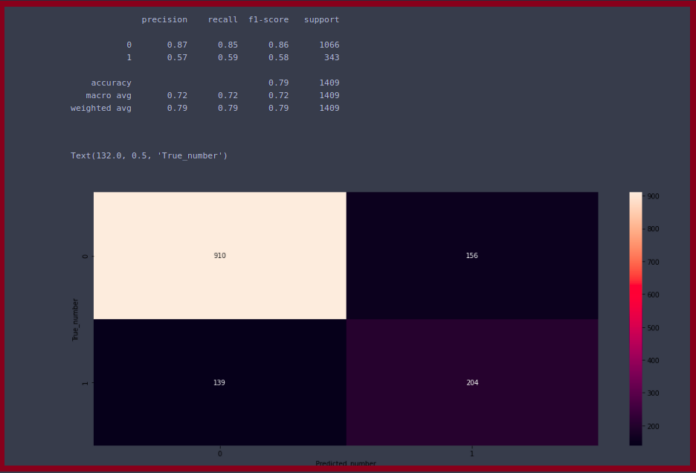A fragment identifier is a string of characters that refers to a resource that is inferior to a primary resource.
Approach 1: We are able to print the fragment identifier by defining a new variable as location. hash and then display it with the help of document.getElementbyId() method.
Syntax:
var x = location.hash;
document.getElementById("demo").innerHTML = x;
Example: In this example, we will use location.hash property.
HTML
<body> <h1 style="color:green;"> neveropen </h1> <button onclick="GFG()"> Try it </button> <p id="demo"></p> <script> function GFG() { location.hash = "#fragment_identifier"; var x = location.hash; document.getElementById( "demo").innerHTML = x; } </script> </body> |
Output:

How to get the fragment identifier from a URL ?
Approach 2: We have defined a variable hash that stores whatever is after the # in the URL i.e. the fragment identifier and then we display it as an alert. It is done by storing the substring in the variable.
Syntax:
var hash = url.substring(url.indexOf('#') + 1);
alert(hash);
Example 2: This example uses substring() method to display the fragment identifier.
HTML
<body> <h1 style="color:green;"> neveropen </h1> <p id="demo"></p> <script> var url = "www.neveropen.com/article.php#hello"; var hash = url.substring(url.indexOf('#') + 1); document.getElementById("demo").innerHTML = hash; </script> </body> |
Output:

How to get the fragment identifier from a URL ?

